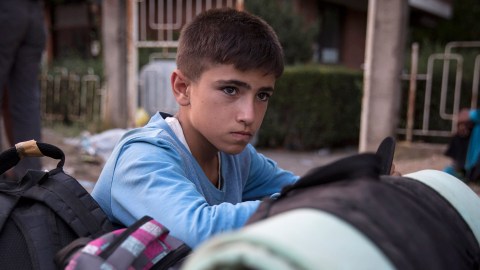Children in Cities Experience More Psychosis

Many people aren’t clear on the differences between some of the most prevalent mental disorders of the current age. Schizophrenia and other psychotic mental illnesses differ from those like depression and anxiety in that they affect how a person experiences reality, distorting how they think. As such, psychotic illnesses can be particularly disruptive to someone’s ability to function in society throughout life, either at work or at home. Something as simple as holding down a job can become a challenge too tough to handle.
Researchers are very interested in how children experience psychosis and what factors impact the prevalence of their psychotic episodes. It turns out that when it comes to these situations, place matters, or at least the social fabric of the community does. Children who grew up in neighborhoods with low social cohesion and high rates of crime were more likely than others to experience psychotic symptoms, even when controlling for family history of psychosis, socioeconomic status, and the mobility of the household.
So what is this mysterious social cohesion factor that might play a role in the development of childhood psychosis? It’s “the ‘glue’ or the ‘bonds’ that keep societies integrated.” Think about how well you know your neighbors for instance. If you could rattle off the names of quite a few people who would be happy to watch your cat the next time you go on vacation, you might have a high level of social cohesion. Whereas, if you don’t know any of your neighbors’ names and wouldn’t trust them to lend a cup of sugar, you might have a lower level of social cohesion.
Low social cohesion and higher crime rates happen more often in cities. While past studies had already shown the correlation between urban living and higher rates of psychosis among children, this study started to get at the reasons for why that might be. The researchers caution however that since the study involved a relatively small percentage of the population, it will be important to replicate it before drawing deeper conclusions.





